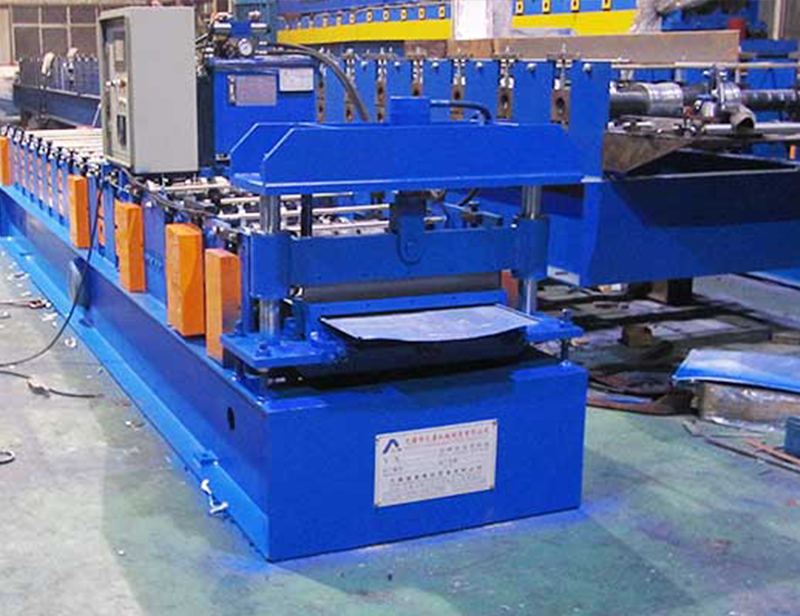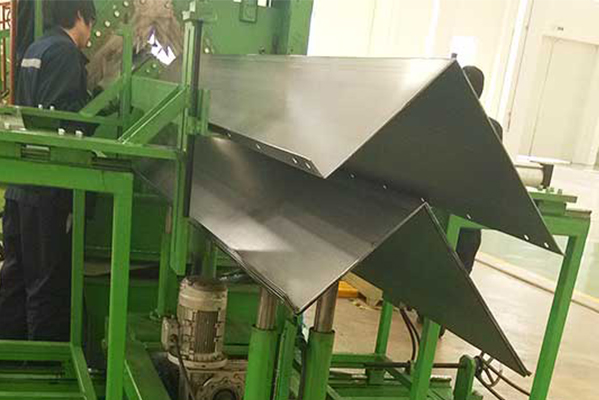Navigation Menu
Contact Us
- Email:
- info@wxavatar.com
- Address:
- Yurong Village, Yuqi Street, Huishan District, Wuxi, China.
Release Date:Apr 30, 2025 Visit:50 Source:Roll Forming Machine Factory
Roll forming is a widely used metal shaping process that involves continuously bending a long strip of metal through a series of rollers to achieve a desired cross-sectional profile. While this method offers advantages such as high production efficiency and consistent quality, it also has certain defects that can affect the final product. Understanding these limitations helps manufacturers optimize the process and improve product quality.
1. Material Thinning and Work Hardening
During roll forming, the metal undergoes repeated bending, which can lead to localized thinning, especially at sharp bends. Additionally, excessive deformation may cause work hardening, making the material more brittle and prone to cracking. Proper roller design and material selection can help mitigate this issue.

2. Springback Effect
After forming, the metal tends to partially return to its original shape due to elastic recovery, known as springback. This can result in dimensional inaccuracies, requiring additional adjustments in tooling or post-forming corrections to achieve the desired tolerances.
3. Edge Waviness and Buckling
Improper roller alignment or excessive tension can cause edge waviness or buckling in the formed part. These defects compromise the structural integrity and aesthetic quality of the product. Maintaining consistent tension and optimizing roller spacing can help reduce such deformations.
4. Longitudinal Bowing and Twisting
Uneven stress distribution during forming may lead to longitudinal bowing (curving along the length) or twisting of the metal strip. This defect is more common in asymmetrical profiles and can be minimized by ensuring balanced roller pressure and symmetrical tooling design.
5. Surface Scratches and Marks
Contact between the metal strip and rollers can sometimes cause scratches or marks on the surface, particularly if the rollers are worn or improperly lubricated. Regular maintenance of forming tools and the use of appropriate lubricants can help prevent surface damage.
6. Inconsistent Cross-Sectional Dimensions
Variations in material properties or improper roller alignment may lead to inconsistencies in the cross-sectional dimensions of the formed product. Precision tooling and consistent material feed rates are essential to maintaining uniformity.
7. Limited Geometric Complexity
Roll forming is best suited for uniform, linear profiles with consistent cross-sections. Complex shapes with sharp angles or varying thicknesses may be difficult to achieve, requiring secondary processing or alternative forming methods.

Conclusion
While roll forming is an efficient and cost-effective manufacturing process, it is not without its defects. Issues such as material thinning, springback, edge waviness, and dimensional inconsistencies can arise if the process is not carefully controlled. By optimizing tooling design, maintaining proper roller alignment, and ensuring consistent material properties, manufacturers can reduce these defects and improve product quality. Understanding these limitations allows for better process planning and more reliable production outcomes.